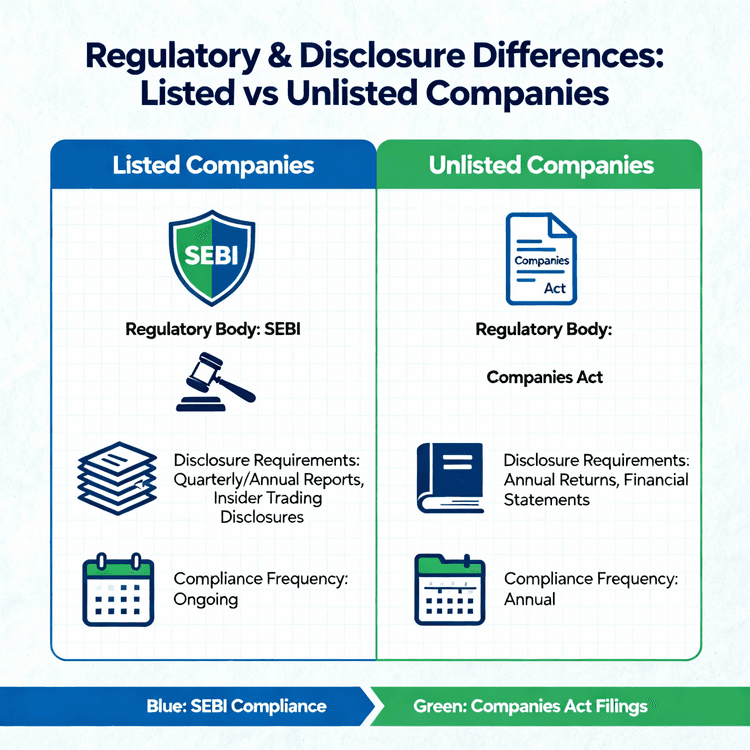
As Dhanteras 2024 approaches, consider using the gold-to-silver ratio (GS ratio) to inform your investment decisions. Experts weigh in on its reliability and the factors beyond it that you should consider before investing in gold or silver.
With Dhanteras 2024 drawing near, the age-old question of whether to invest in gold or silver looms large for many. Content creator Prof. Vinny Arora suggests a potentially helpful tool: the gold-to-silver (GS) ratio. This ratio, which calculates the number of silver ounces needed to purchase one ounce of gold, offers insights into market trends and helps investors assess which metal may be the better investment at a specific time.
Historically, the GS ratio has hovered around 60:1. However, recent years have seen considerable fluctuations. With the current ratio sitting above these long-term averages, the question arises: Is now the opportune moment to favor silver over gold?
To delve deeper into the reliability of the GS ratio and other factors investors should consider, indianexpress.com spoke with several experts.
Devendra S, a financial literacy expert, explains that the GS ratio serves as a valuable gauge for Indian investors, aiding in the assessment of relative value between the two precious metals. Typically, a higher GS ratio suggests that silver might be undervalued compared to gold. However, he cautions against relying solely on this metric for investment decisions.
"While the GS ratio reflects historical pricing trends, it doesn’t account for industrial demand for silver, which has grown significantly, especially in electronics and solar power," Devendra notes. He advises using the ratio as part of a comprehensive analysis that includes global demand, market volatility, and individual investment goals. He notes that gold tends to perform better during economic uncertainty as a safe-haven asset, while silver is more susceptible to industrial demand cycles.
Aditi Khandelwal, co-founder of Kicky and Perky, adds that a GS ratio significantly above the long-term average, around 65:1, signals potential undervaluation of silver compared to gold. However, she emphasizes the importance of factoring in various market forces before making investment decisions. The rising industrial demand for silver, particularly in jewelry, electronics, and renewable energy sources, supports silver's price and makes it less dependent on gold's performance.
Dishi Somani, founder of Dishi S Designer Jewellery, suggests that a ratio above 80 indicates silver's undervaluation, making it a potentially good time to buy. Conversely, a ratio near 50 might favor gold. With the current ratio around 85, silver appears undervalued based on historical trends, which have seen the ratio range between 50 and 70 over the past half-century.
However, Devendra cautions that relying solely on the GS ratio carries risks, as it overlooks market supply-demand fundamentals for each metal. He provides an example: If silver demand surges due to technological advancements in solar energy or electronics, the ratio might suggest undervaluation even if market forces are driving prices higher. Investors must also be aware of liquidity risks and market timing, given silver's higher volatility compared to gold.
To mitigate these risks, diversification across asset classes is crucial. Devendra recommends systematic investment plans (SIPs) in gold or silver exchange-traded funds (ETFs) to spread risk over time and capitalize on long-term trends without excessive exposure to short-term market fluctuations.
Disclaimer: This article is intended for informational purposes only and should not be considered financial or investment advice. Consult a qualified financial advisor before making any investment decisions.


